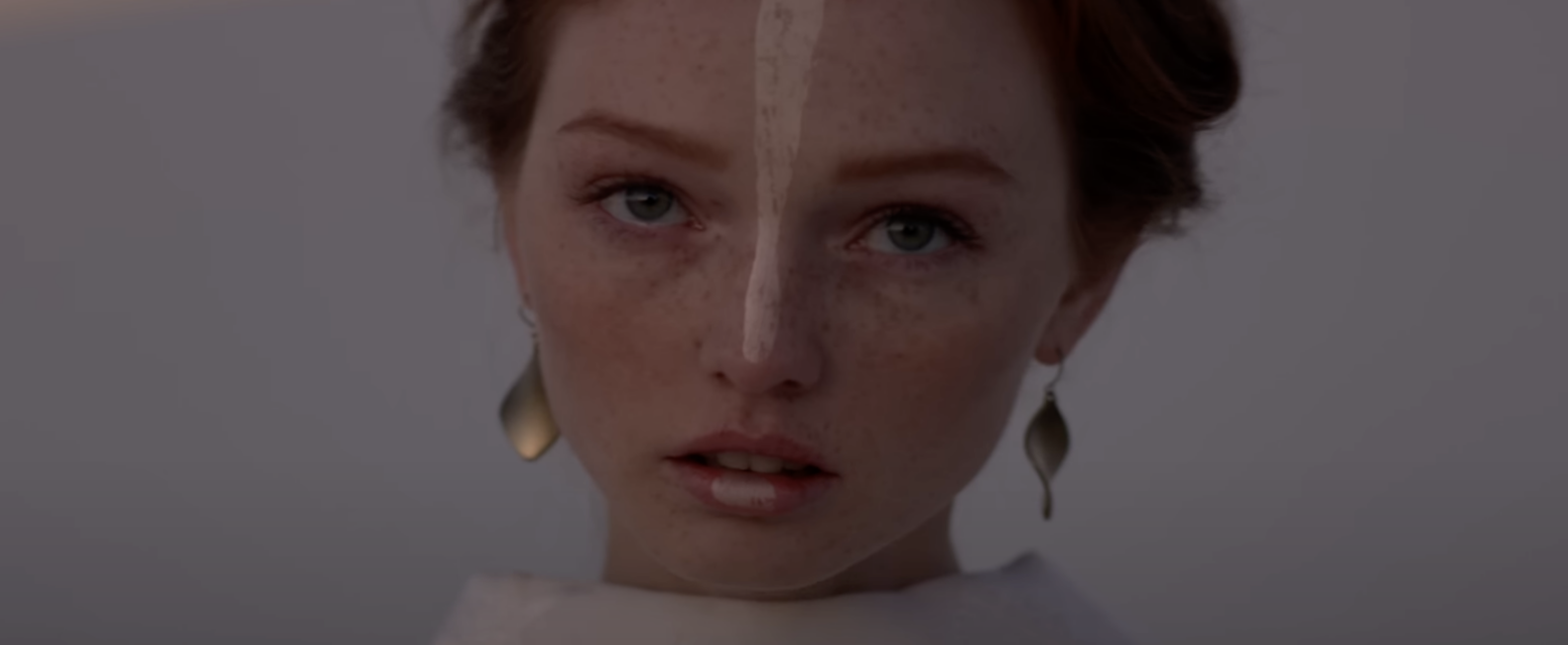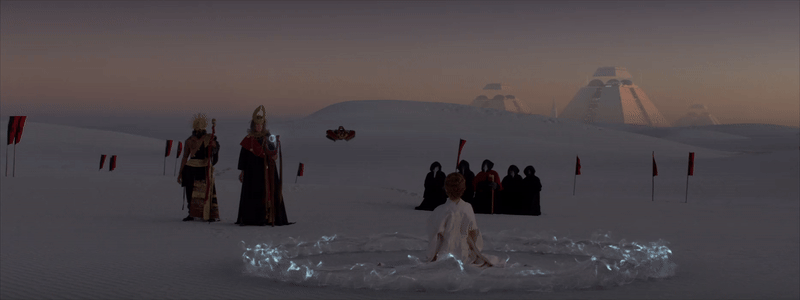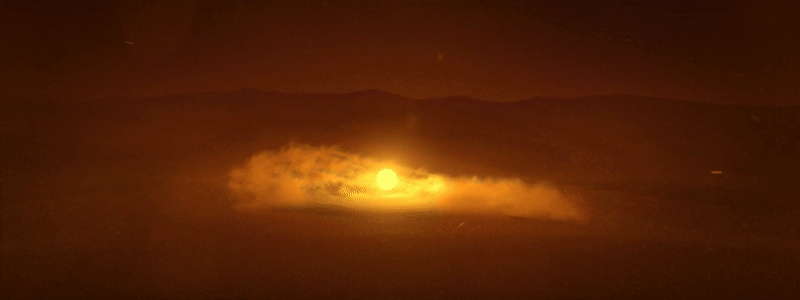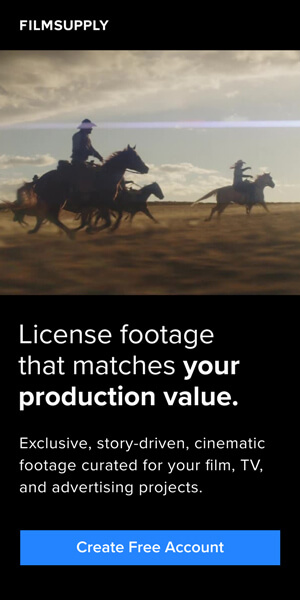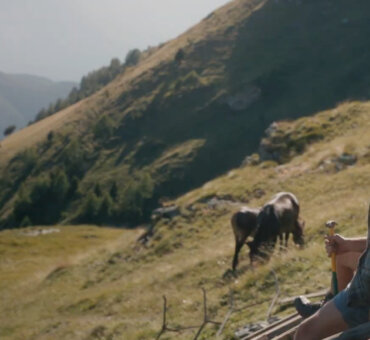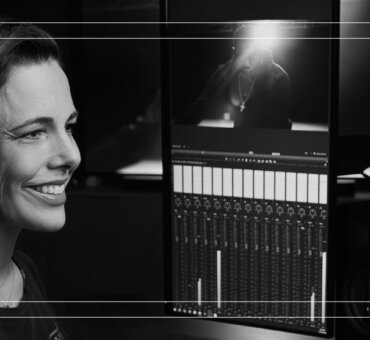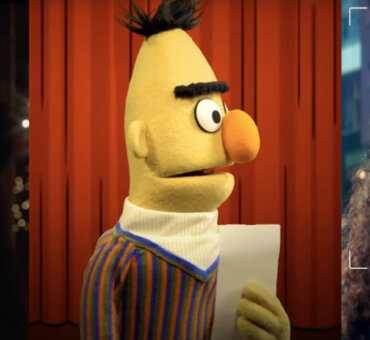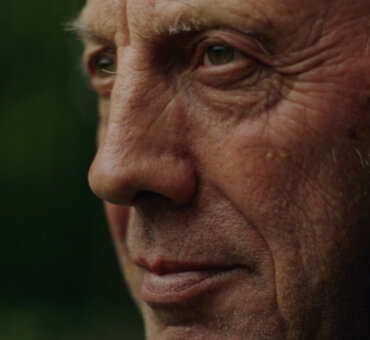What happens when a story takes place on a planet perpetually stuck in twilight? In “RED,” the latest installment of A Thousand Suns, a striking visual landscape sets the stage for a powerful exploration of humanity’s struggles with belief and morality.
We sat down with “RED” director, Macgregor, to discuss the film. We cover its fascinating origins, its breathtaking use of natural light found only during blue hour, and the intricate details—from costumes to worldbuilding—that make this episode feel tactile and authentic.
Check out our interview below.
RELATED READS: Reviving Sci-Fi: An Inside Look at “ICE”, Ep. 1 of the A Thousand Suns Series with Blackmilk Studio
FILMSUPPLY: Where did the inspiration for “RED” come from?
Macgregor: The inspiration for “RED” came from the fascinating concept of a tidally locked planet, where one side is perpetually in daylight and the other in darkness.
I was intrigued by the idea of a planet that exists in constant dusk. And I wondered at how such a unique environment could shape its inhabitants and their conflicts.
The stark desert landscapes and interplay of light and shadow created the perfect setting to explore themes of belief, judgment, and power dynamics.
FILMSUPPLY: How does this episode fit into the A Thousand Suns series?
Macgregor: “RED” adds another layer to the anthology by exploring humanity’s struggle with belief and morality in an alien, yet eerily familiar, world.
This fits into the broader theme of A Thousand Suns because it challenges viewers to reflect on how our environments shape our values and decisions.
While the setting is otherworldly, the core conflict is deeply human. It’s the thread that weaves it into the series’ exploration of universal truths in extraordinary contexts.
RELATED READS: “Minari” Editor Harry Yoon, ACE on Audience/Character Connections
FILMSUPPLY: Tell us more about the lighting for this film. What made it different, or even more challenging, compared to other projects you’ve worked on?
Macgregor: Lighting “RED” was one of the most challenging aspects of the production.
Since the story is set in constant dusk, we chose to shoot at New Mexico’s White Sands National Park during the blue hour. This gave us just twenty minutes of perfect natural light per day. Literally every shot had to count.
For the ending scene, we used a balloon light on set. Not only did it serve as a practical light source, but we later replaced it in post with a giant orb of light.
This approach created a unique, otherworldly glow that was central to the film’s atmosphere.
FILMSUPPLY: You mentioned filming during blue hour. Talk to us about the preparation and work involved in shooting in a concise window of time.
Macgregor: Shooting during blue hour was a high-stakes endeavor. And with only twenty minutes of ideal light each day and three days to shoot at White Sands, we had to be meticulously prepared.
Pre-production involved extensive shot planning, blocking rehearsals, and camera tests to ensure every second was optimized.
On set, the team worked with military-like precision, knowing that there was no room for error.
We only had a chance to shoot 2-3 takes per setup (at most) before we had to move on. It was intense!
FILMSUPPLY: The costume design for this film was very intricate. What research and detailing went into deciding on these costumes? How did the costumes contribute to the story?
Macgregor: The costumes were designed to reflect the themes of RED, combining elements of futurism with traditional, almost ritualistic designs.
We researched historical and cultural references for hierarchy and symbolism. We then added futuristic touches to place the characters in an alien world.
The Sayer and the Striker’s costumes exude both elegance and brutality, emphasizing their power and the harshness of their decisions.
The materials—sourced from Amazon, Etsy, and custom fabrics—were layered with textures and details to create a sense of history and purpose. The wardrobe became an extension of the story.
Visually, it reinforced the juxtaposition of belief and violence that drives the film.
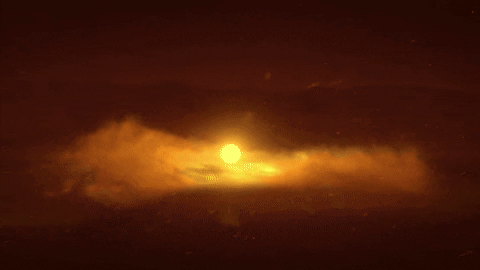
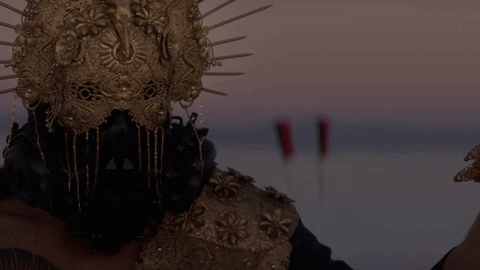
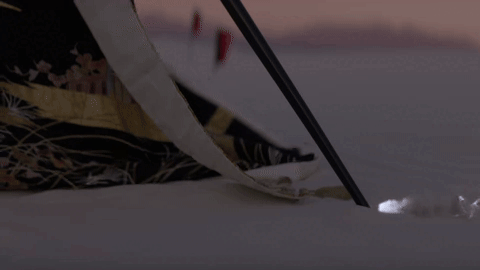
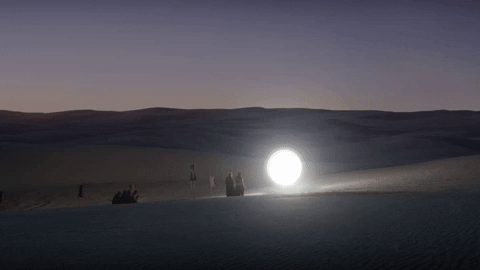
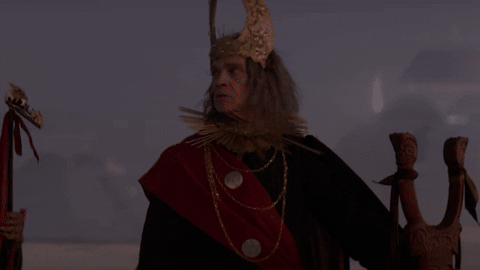
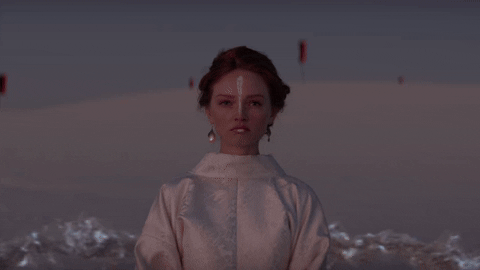
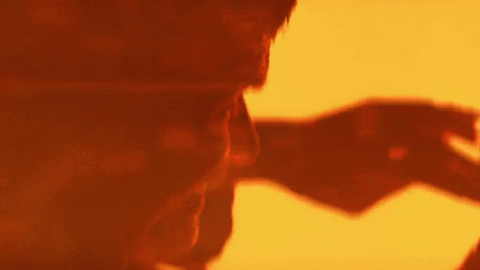
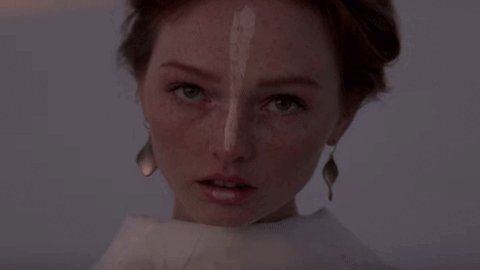
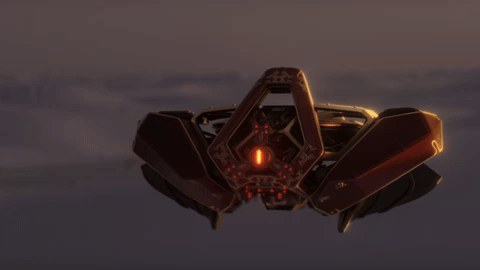
You can license footage from “RED,” episode 2 of the A Thousand Suns series, only on Filmsupply.
